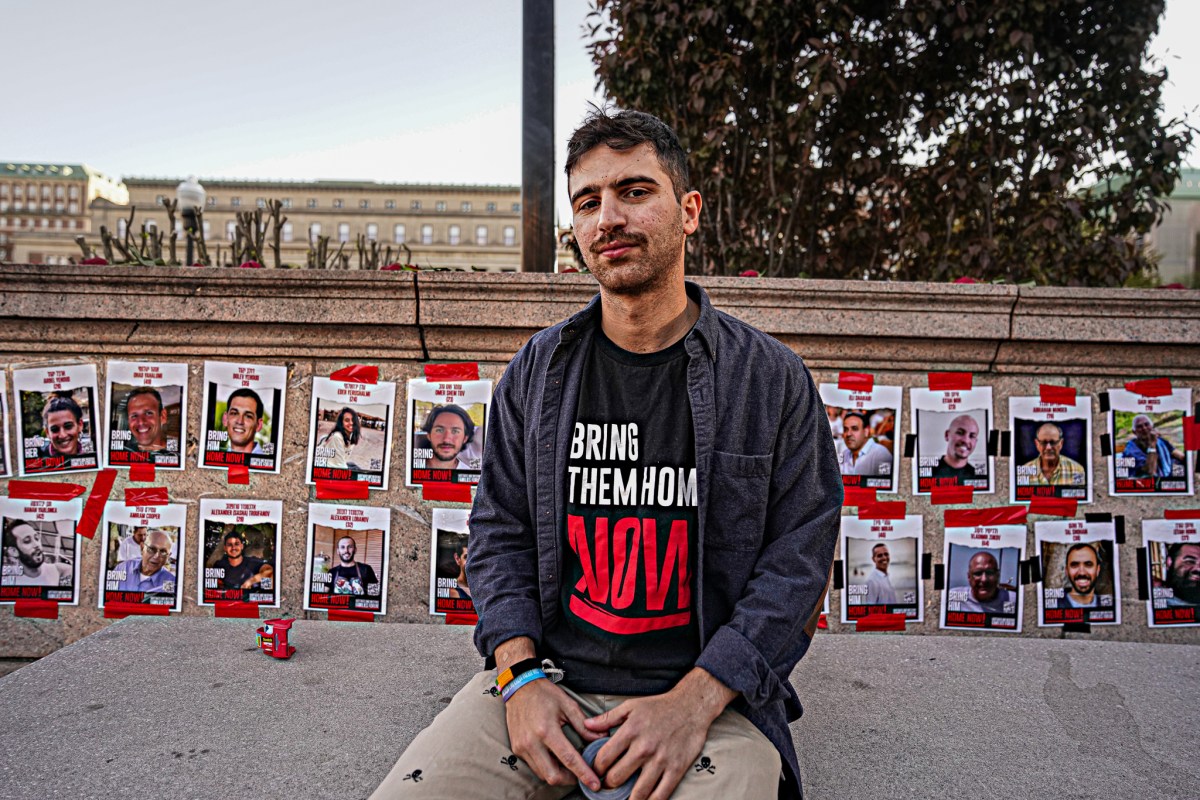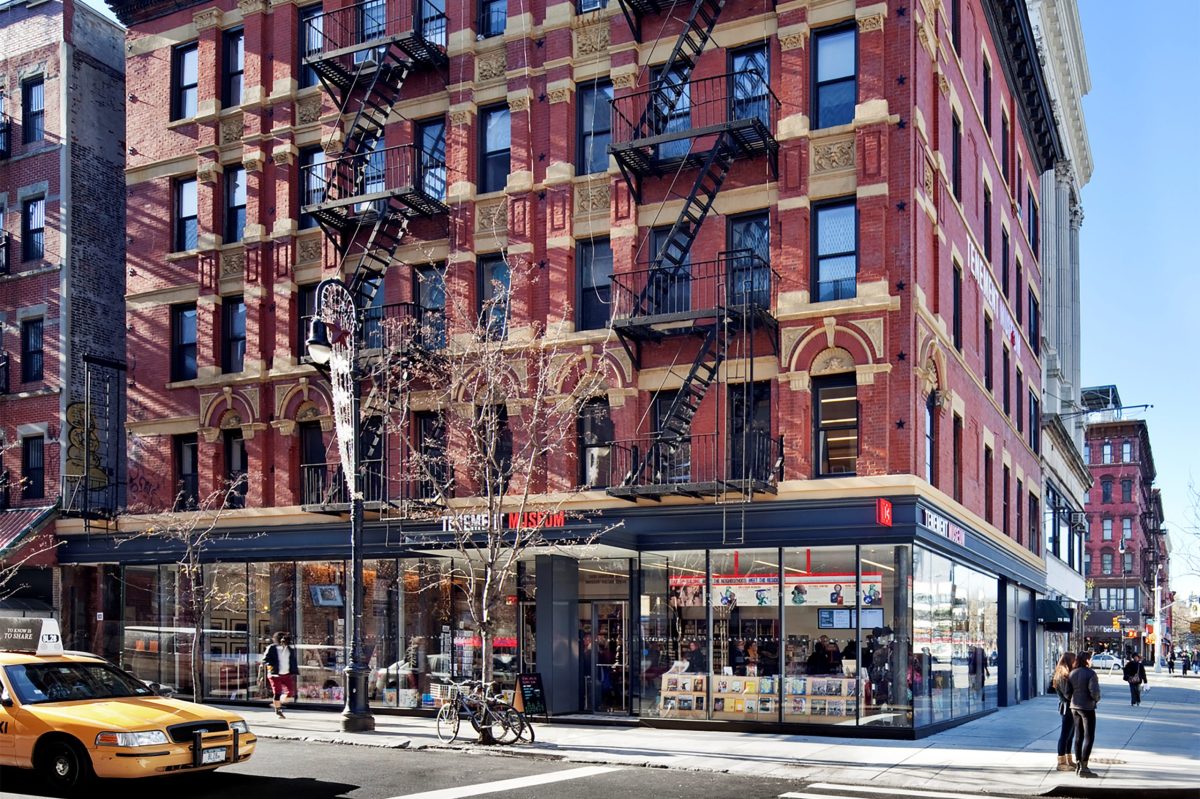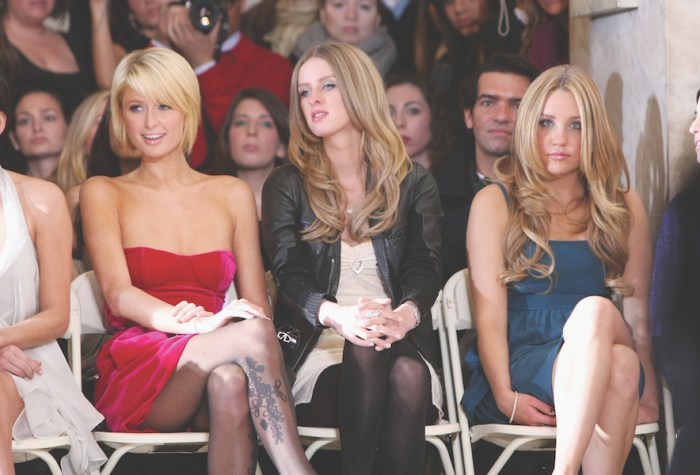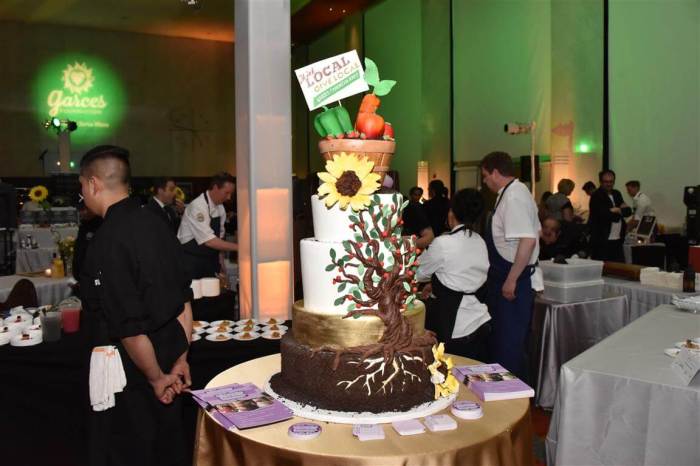For artist and biologist Brandon Ballengee, deformed frogs are a source of both scientific wonder and artistic vision. Ballengee literally highlighted his research on abnormalities in amphibians by injecting specimens with colored dyes, before using a high-resolution scanner to create a surreal photographic record.
Tell us how you composed these striking images.
These terminally deformed frogs have been collected in my field studies across the Americas, Australia, Asia and Europe. I use biological enzymes to make their tissues transparent, and inject colored dyes into their bones and organs. The specimens are then posed, to suggest movement, then imaged with a high-resolution scanner. These image files are then printed using water-based inks on watercolor paper to recall the palette of a 19th-century painting.
What kind of deformities do these frogs have?
The most common ones are shortened hind limbs. Extra limbs are found less often but may be increasing. These abnormalities are most likely caused by predatory injury or parasitic infection while the frogs were still tadpoles. Predators and parasites are natural, but environmental degradation appears to be increasing this phenomena.
What reaction do you hope to get from your images?
In the artworks, the frogs are scaled to the size of a human child. The idea is to invoke empathy, not fear. If they’re too large they become monsters; too small we can too easily psychologically differentiate ourselves from them.
In art, something grotesque can be beautiful. What do your photos say about seeing the magnificent in the monstrous?
The specimen preparation does allow for a level of abstraction, while at the same time revealing the complex architecture of these terrible abnormalities. This push and pull is important to bring people in close to the art – for a one-on-one experience with an organism they may have had a part in creating.
Brandom Ballengee’s work is on display until June at the Museum Het Domein in the Netherlands.


















